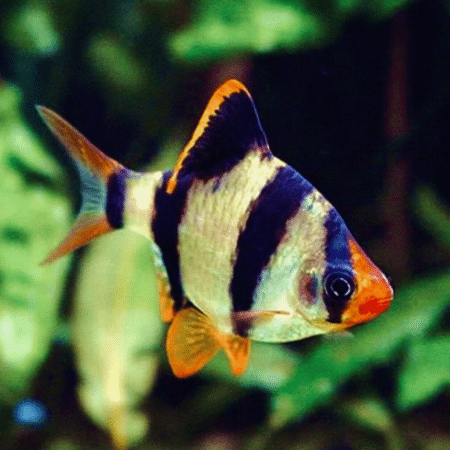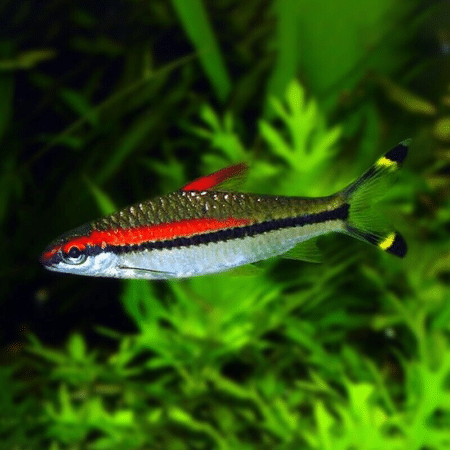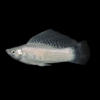-
×
-
×
-
×
2 X GREEN TERROR CICHLID -ANDINOACARA RIVULATUS - LIVE TROPICAL FISH 4-5 CM, Stunning South American Cichlids, Perfect for Enhancing Your Aquarium with Vibrant Colors and Intense Personality 1 × £16.00
-
×
-
×
-
×
-
×
-
×
-
×
-
×
Subtotal: £157.64



 2 X GREEN TERROR CICHLID -ANDINOACARA RIVULATUS - LIVE TROPICAL FISH 4-5 CM, Stunning South American Cichlids, Perfect for Enhancing Your Aquarium with Vibrant Colors and Intense Personality
2 X GREEN TERROR CICHLID -ANDINOACARA RIVULATUS - LIVE TROPICAL FISH 4-5 CM, Stunning South American Cichlids, Perfect for Enhancing Your Aquarium with Vibrant Colors and Intense Personality 
















Emily Carter (verified owner) –
I recently purchased 10 Golden Long Fin Mollies and couldn’t be happier with my decision! These freshwater fish have brought such joy to my aquarium. Upon receiving them about a week ago, I noticed how vibrant and healthy they looked. Each fish is a little unique—some have stunning golden hues while others show off their beautiful long fins. They immediately adapted to their new home, swimming around happily and exploring every nook of the tank.
What I appreciate most is their peaceful demeanor; they get along wonderfully with my other tropical fish, which makes them perfect for community tanks. After just a few days, I noticed them schooling together, which is both charming and a sign of their well-being. Compared to other mollies I’ve kept, these golden beauties seem to be more resilient and vibrant.
If you’re a hobbyist looking to add some personality to your setup, I highly recommend these mollies! They are not just gorgeous to look at, but their lively nature has made my aquarium come alive. Just a minor note: make sure to keep an eye on water quality, as mollies thrive in clean environments. Overall, I would definitely buy these again!
Emily Carter (verified owner) –
I recently added 10 Golden Long Fin Mollies to my peaceful community aquarium, and I couldn’t be happier! These beautiful freshwater fish have brought so much life to my tank. They’ve been with me for about two months now, and their vibrant colors and graceful fins are genuinely stunning!
What I love most is how friendly and active they are; they swim around playfully and get along perfectly with my other tropical fish. I’ve noticed they’ve created quite the bond with my guppies, and it’s lovely to watch them interact. Compared to other mollies I’ve kept in the past, these golden long fins have a unique charm that sets them apart, not to mention their hardiness.
One minor concern was their initial shyness; they took a few days to come out of hiding. But once they settled in, it was all smiles! I highly recommend this beautiful species, especially for beginners or anyone looking to enhance their aquarium with a friendly school of fish. Make sure to provide plenty of plants and hiding spots, as they love to explore. Overall, these mollies are an excellent addition to any tank!